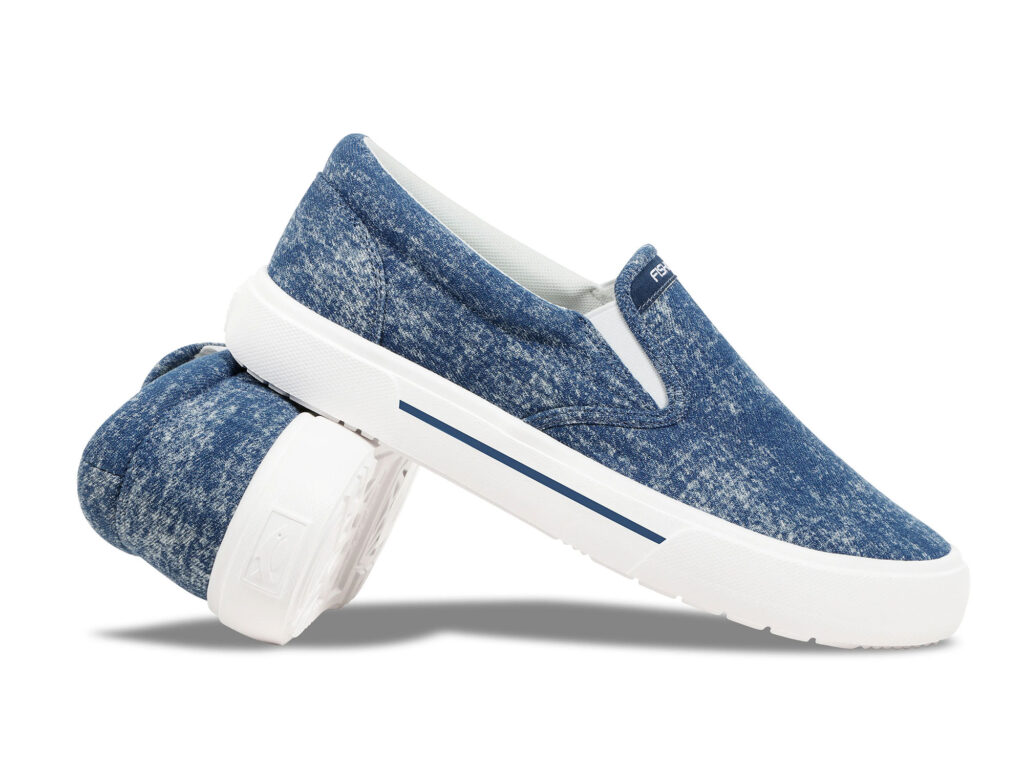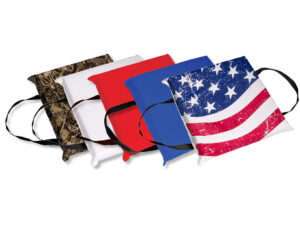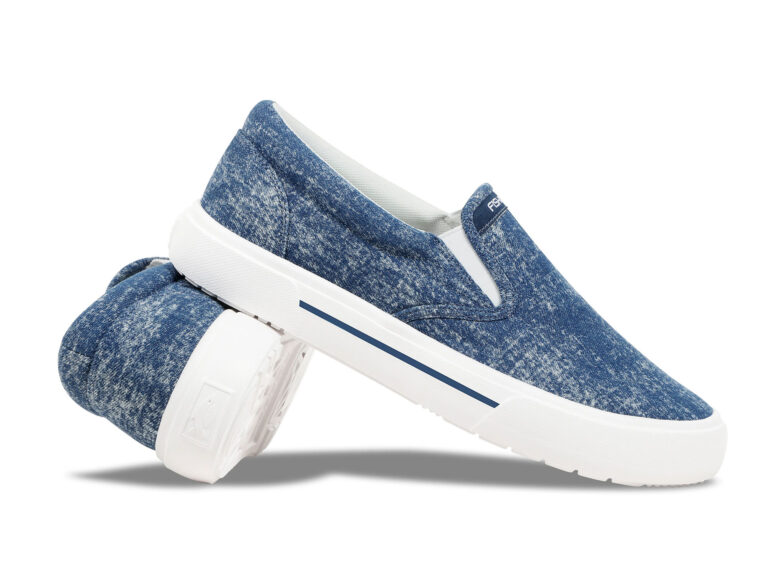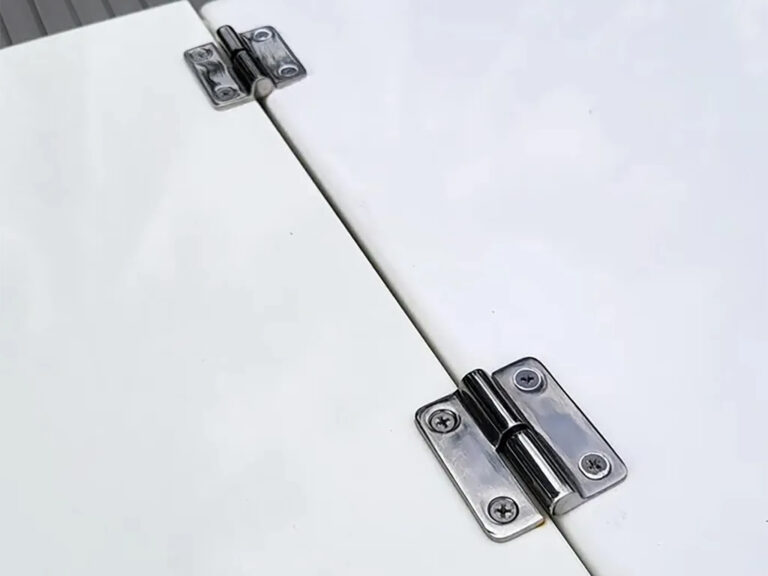
Boat, Beach or Sidewalk Sportswear for Summer
Comfortable, casual boating sportswear for men.

Comfortable, casual boating sportswear for men.

Be sure to prepare for hurricane season before a named storm heads your way.

This next-gen kayak has room for two anglers, plenty of electronics, electric motors, and the batteries to power it all.

Boaters should prepare for the season before a storm forms and potentially impacts their area.

Gulf Star Marina uses a fully-automated, electric crane to launch and return vessels from its dry stack facility.

What are the actions you should take during a man overboard situation?

While boaters may call it a license, what you need is a Boater Safety Education Card or Certificate.

Advanced stabilization systems promise a more comfortable ride for boats big and small.

One of two tests of the same Scout boat by different Boating Tech Team members.

If you’re in the market for the ultimate in luxury, styling, performance and fun, put the XStar high on your list.

The Tigé Ultré 23ZX is a premium tow boat that combines luxury and tech to deliver a sweet ride and epic waves.

Combine the Supra SA’s performance, technology and features with a long standards list, and you get an all-around performer.

The Robalo R300 is impressively equipped with standard features for beachcombing, touring and serious fishing.

The Highfield Velox 420 fills the compact runabout niche with a stable ride, easy maintenance and family-boating capabilities.

The Mystic M5200XL can satisfy your need for speed while also keeping your crew safe, comfortable and entertained.

The Boston Whaler 210 Vantage couples a solid ride with a number of amazing fishing and family boating amenities.

The Centurion Nv233 creates solid wakesurfing waves with a clean, consistent face, large pocket, and plenty of push.

This next-gen kayak has room for two anglers, plenty of electronics, electric motors, and the batteries to power it all.

Gulf Star Marina uses a fully-automated, electric crane to launch and return vessels from its dry stack facility.

Advanced stabilization systems promise a more comfortable ride for boats big and small.

Latest model in Formula Boats Crossover Bowrider Series hitting the water.

Be sure to prepare for hurricane season before a named storm heads your way.

Boaters should prepare for the season before a storm forms and potentially impacts their area.

What are the actions you should take during a man overboard situation?

While boaters may call it a license, what you need is a Boater Safety Education Card or Certificate.

Engine optimized by Boating contributor, John Tiger, is reinstalled as Sharkey readies for Statue of Liberty to Albany endurance run.

Selling Canadian night crawlers illustrates that not even a lowly worm monger is immune to the influence of current events.

Comfortable, casual boating sportswear for men.

Boat Outfitters decided to make a replacement hinge that has saved thousands of boaters from needing major alteration.

Connected-boat technology gives owners peace of mind when they can’t be near their ride.

Our Father’s Day Gift Guide is the best way to find great boating gifts for dad.

Start the season right with significant savings on maintenance and upgrades for a summer of carefree boating.

From mild to wild, this collection of water toys is sure to maximize your crew’s fun on the water this summer.
Many products featured on this site were editorially chosen. Boating may receive financial compensation for products purchased through this site.
Copyright © 2025 Boating Firecrown. All rights reserved. Reproduction in whole or in part without permission is prohibited.